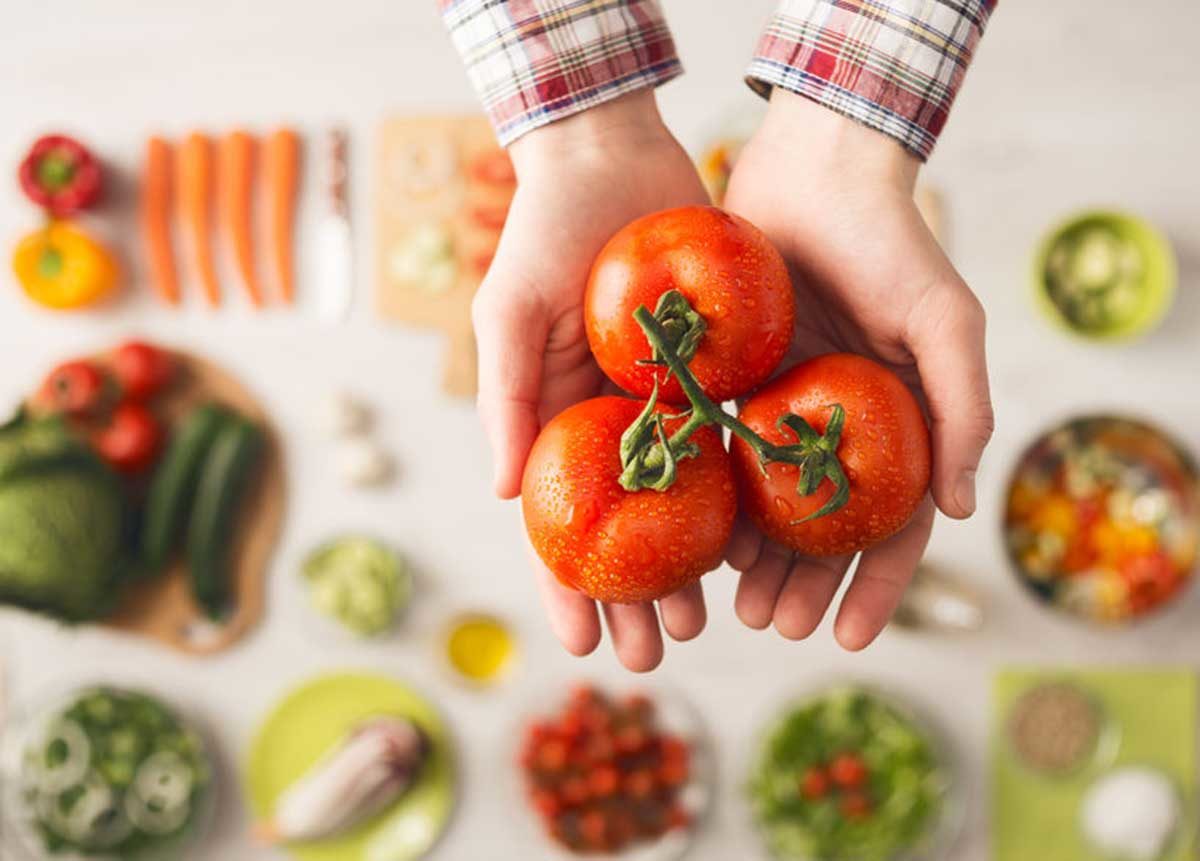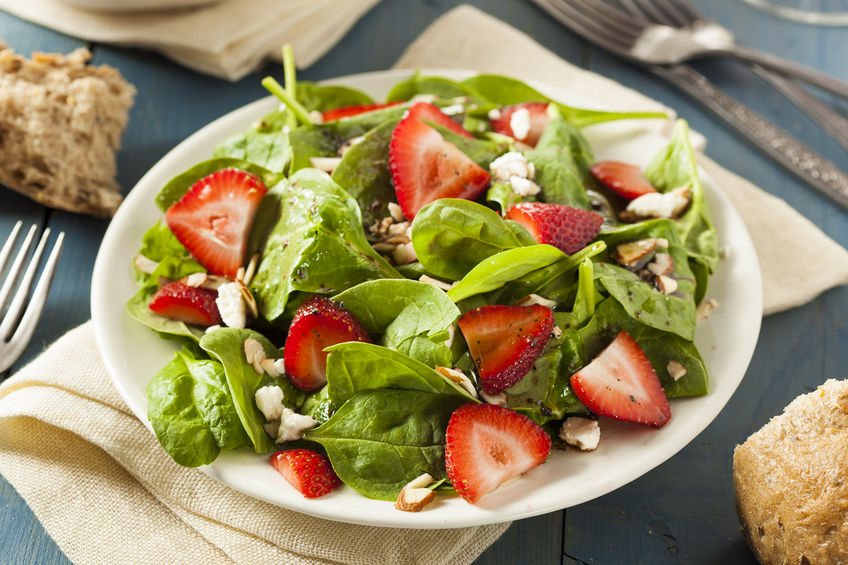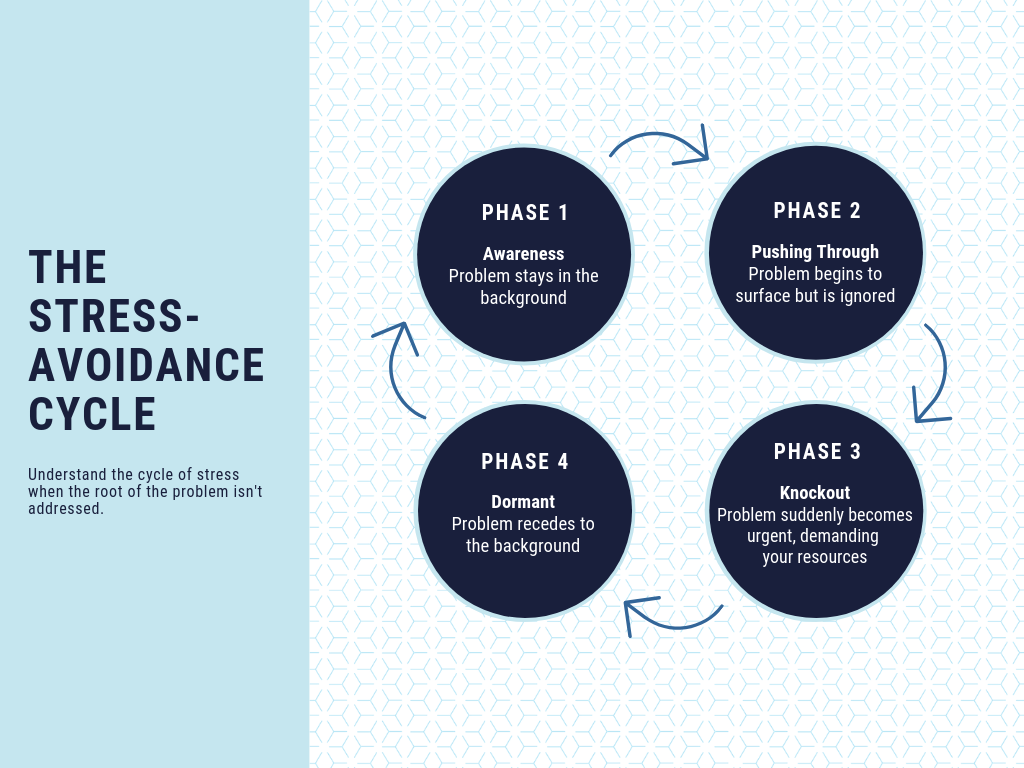When I first started my business I was thrilled to have the freedom to work whenever I wanted. Yet there was a downside to that. I found myself working all the time because there was so much to do I felt like I couldn’t fit it all in.
On top of that, I hadn’t developed strong boundaries around my time so I felt pulled in a million different directions by my family, friends and clients.
After a long week, one particular tear-filled conversation with my partner gave me the perspective I needed to see how I’d been holding myself back. It was the same Big Lie that I see so many ambitious professionals telling themselves, which is why they’re staying stuck.
I was exhausted and I felt like no matter how much of myself I gave to my work or the people around me, it was never enough.
It was to the point where I started resenting my work, and my family and friends because so much of my time was going to them, I barely had any time for myself.
Then my partner looked at me and said something that would completely change my perspective. He said “maybe if you made more time for yourself you’d stop feeling so resentful of other people.”
Looking back now, I’m glad I reached that breaking point because a lot of powerful realizations came out of it. I was able to really understand what my clients were feeling.
Over the years I’ve watched hundreds of women put themselves last on their priority list only to wake up years later and wonder why they’re so exhausted and unhappy with their bodies.
So if you’re reading this and thinking “yup, Selina I do the same thing and I just don’t know how to stop” you’re in the right place.
Here’s the thing, as long as you keep thinking you need to be the one to do everything and look after everyone, you’re going to stay overwhelmed and exhausted. The demands on you and your time will continue to run your life.
But that’s where you’ve got it wrong. The big lie that keeps you from feeling like the boss in your life is the idea that you have to do everything yourself.
Here’s something to think about… what if instead of saying yes to everything that’s asked of you, and being the one to solve all the problems and do all the things, what if you stopped to really think about what needs to be done by you and separate that from what you could leave to someone else?
I know it’s hard to release control, it was a process for me too. But once I understood that I didn’t have to control everything around me, that I could delegate, say no, and even (this was the real scary one for me) ask for help— that’s when things started to feel better. I was able to set better boundaries and make my self-care a priority on a regular basis instead of waiting for a health crisis to force me to slow down.
If you want to talk more about how you can get rid of overwhelm and start feeling more like the Boss in your life, book a breakthrough call with me. I’d love to talk more with you.
In my 90 Days to CALM Program we talk all about taking control of your time, your energy and prioritizing self-care so you can go from stressed out and overwhelmed to calm, focused and productive. Book a call with me if you want to know more.
It’s time to let go of the Big Lie that’s keeping you burnt out an exhausted and level up to become the Boss in your life.







